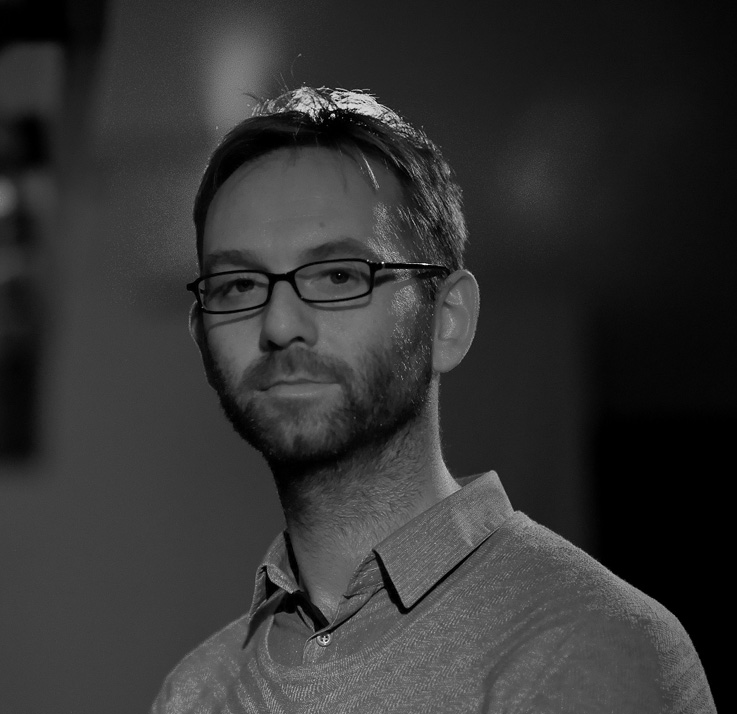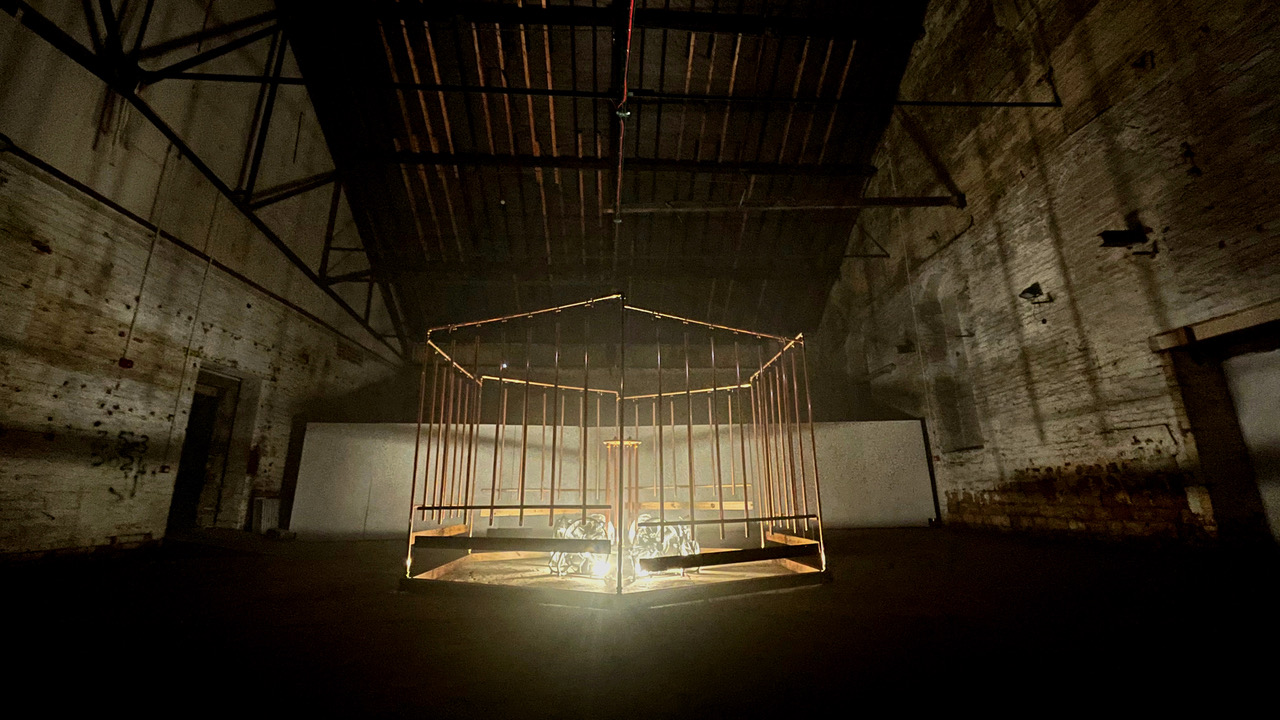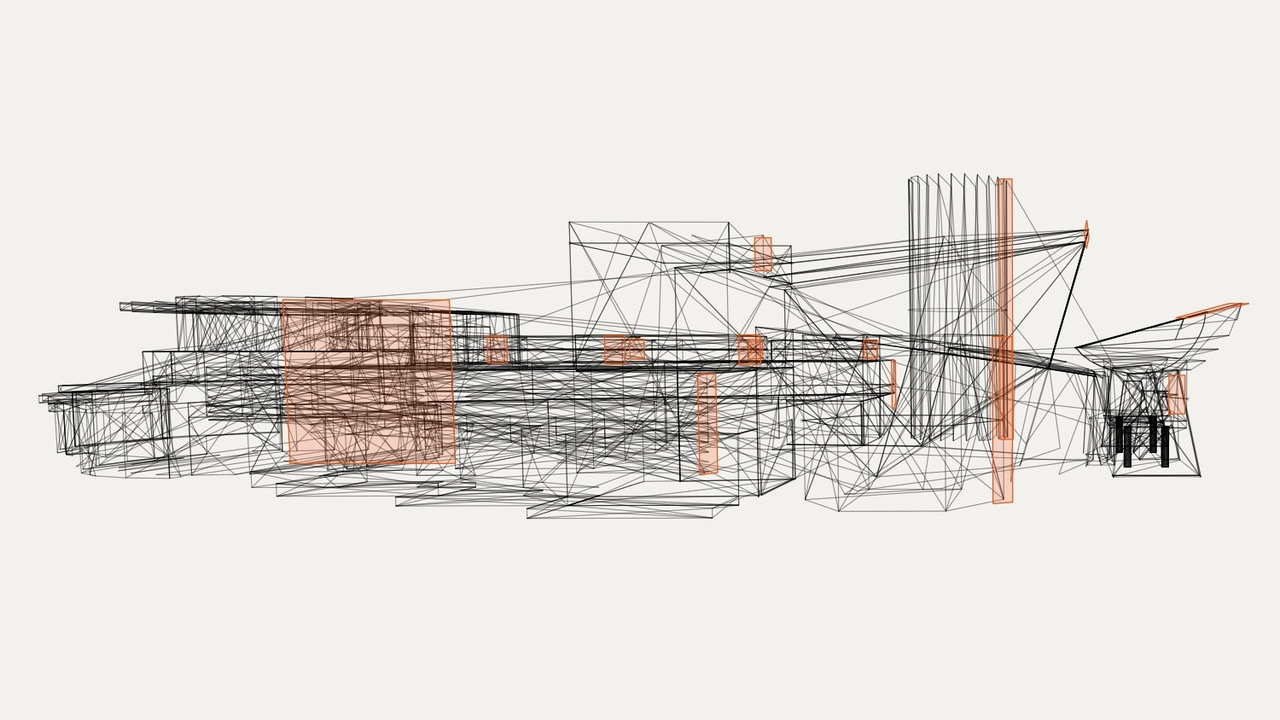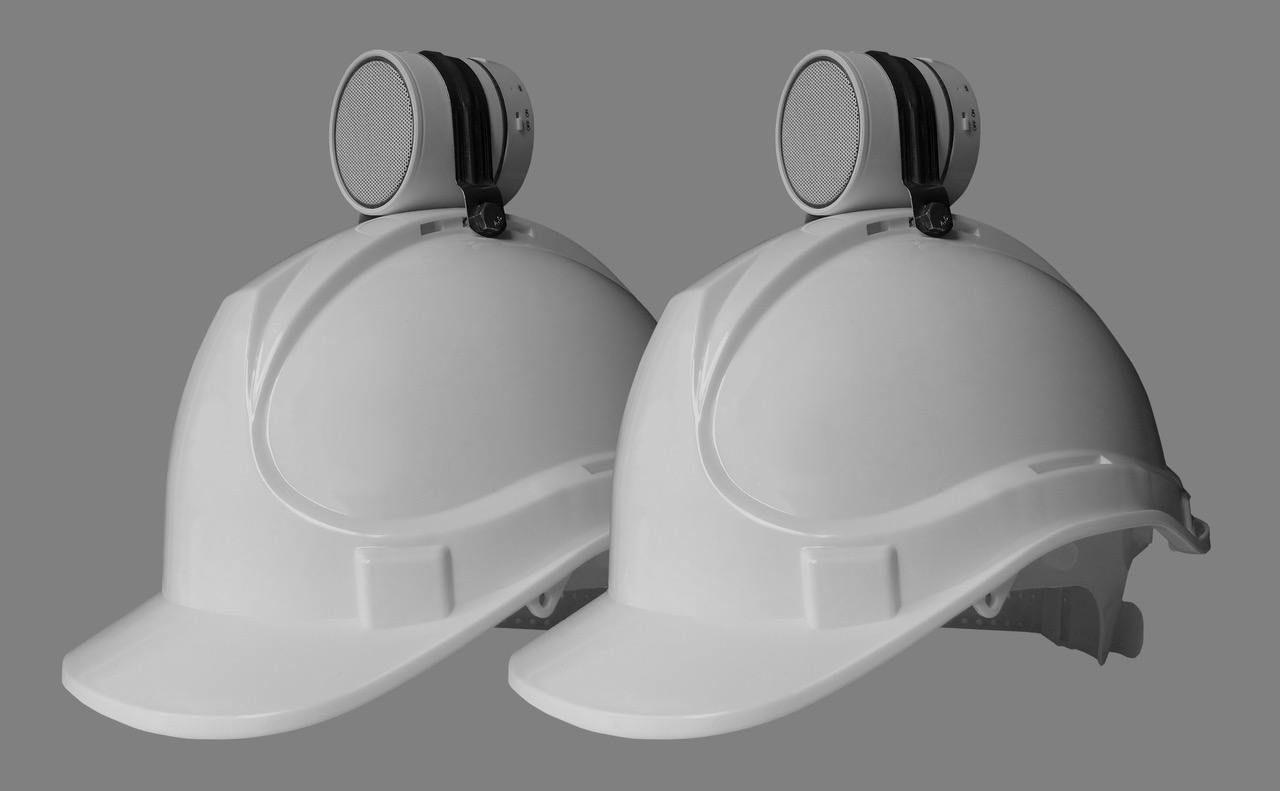
Dr. Ed Carter
Ed Carter devises and creates musical compositions and interdisciplinary projects that are context-specific, with a focus on process. His recent projects span orchestral and electronic music, film, sculpture, large-scale installation, and sound works. He has collaborated with partners including architects, scientists, engineers, animators, and programmers, and has received awards and commissions from a broad range of organisations, including Arts Council England, Ordnance Survey, Cancer Research UK, The Arts & Humanities Research Council, Channel 4, and the Royal Academy of Engineers. His PhD research explored connections between architectural contexts, sonic composition, and interdisciplinary art practice, focusing on rhythm, scale, and liminality. Ed’s album ‘Phonautogram’ was described by The Wire as “A work of consummate craftsmanship, as detailed and delicate as an old-fashioned timepiece.”
Thesis Title: Rhythm, Scale, and Liminality: Sonic composition and interdisciplinary artwork developed in response to architectural contexts
This research explores perceived connections between architecture and music, and considers how these ideas can inform interdisciplinary creative practice that is developed in response to specific architectural contexts. Whilst the relationship between architecture and music can be perceived as an abstract translation between spatial and temporal art forms, this research was established on the premise that the experience of either discipline is necessarily spatial and temporal. As such, a research methodology was selected that aimed to encompass both of these elements. Through an iterative process of inter-related contextual review and practice-based research, a creative approach was undertaken that defined three connected methods, “rhythm”, “scale”, and “liminality”. Within the practical projects, “rhythm” was employed as a tool for engaging with external architectural form, and “scale” as a method for articulating our subjective experience of interior space. The third area of practical research explored the relationship between inside and outside space, and the role of “liminality” in shaping our experience of architectural context. Each practical project aimed to incorporate elements of both aesthetic and numerical interpretations of architectural context, and considered the significance of using digital tools and processes in their creative realisation.
Four research findings were derived from a summary of the observations associated with each practical project and its associated contextual review. The first finding proposes that rhythm, scale, and liminality can provide the basis of a transferable framework that can function as a spatial and temporal creative toolset, with the flexibility to incorporate both qualitative and quantitative interpretations of architectural contexts. The second finding concerns the relationship between “openings” and “openness” in both architecture and sound/music, in which the quantitative form provides a frame for qualitative experience. As an extension of this idea, it is proposed that any discrepancy between the range of our visual and acoustic horizons can provide an inconsistent aesthetic experience of “openness”. A third finding relates to the application of digital and mobile technologies in creating this type of work, and how these tools can provide opportunities for audiences to personalise their aesthetic (qualitative) experience, despite using technology that is inherently numerical (quantitative) in its approach to information. Finally, the practitioner experience of applying these methods in multiple projects led to a fourth finding: that using this framework of rhythm, scale and liminality not only provides a method for developing context-specific creative practice, but that it can also function as a valuable practice-based research tool capable of providing additional insight when investigating a specific location or social context.
Awarded Date:10/01/2019
Principal Supervisor: Professor Beryl Graham
Additional Advisor:Andrew Richardson
Website


